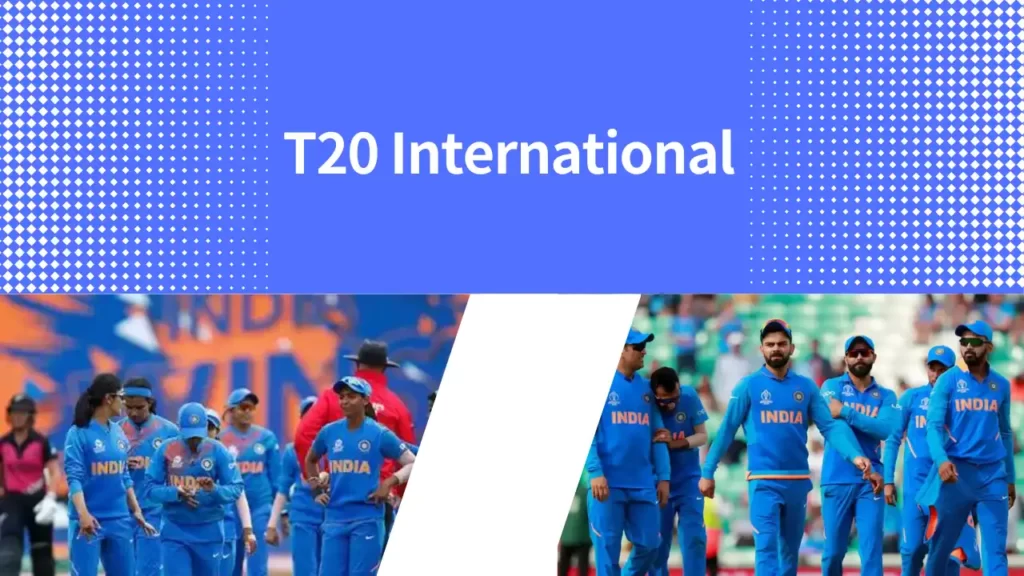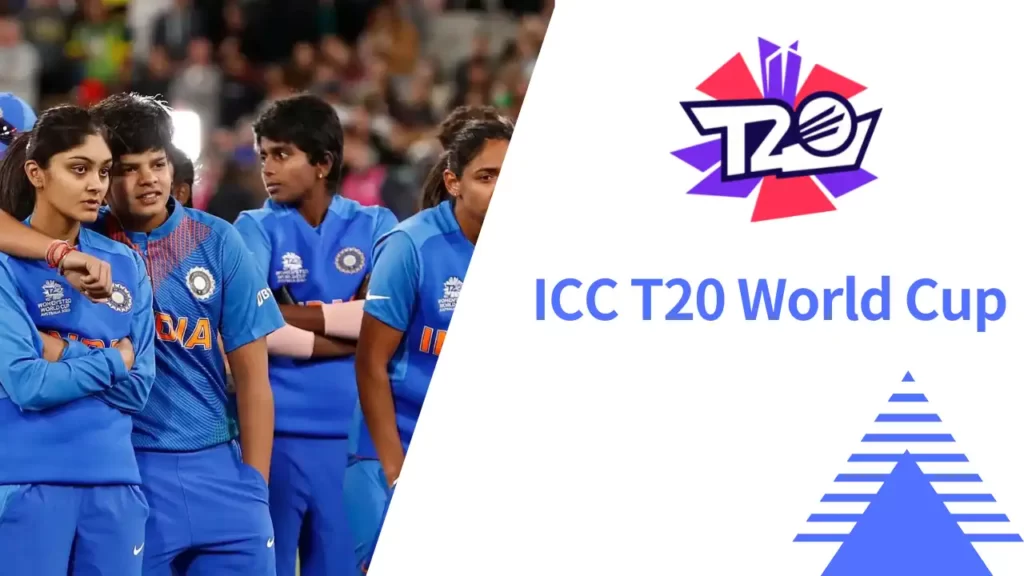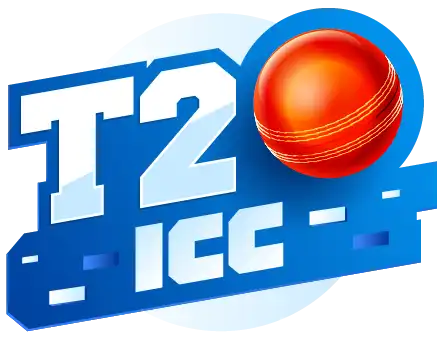Twenty20 (T20) – The Cricket Format You Must Know

The exhilarating world of cricket witnessed a revolutionary transformation with the introduction of Twenty20 (T20), a fast-paced and action-packed format, perfect for engaging both seasoned and new cricket enthusiasts. Inaugurated by the England and Wales Cricket Board (ECB) in 2003 for the inter-county competition, Twenty20 is now an essential facet of the sport. Comprising a single innings for each team and capped at a maximum of 20 overs, T20 matches are an adrenaline-fueled spectacle that keeps viewers on the edge of their seats. Recognized by the International Cricket Council (ICC) as one of the three principal forms of cricket – alongside first-class and List A – T20 has rapidly established itself as a thrilling and vital component of the highest international or domestic level in the cricketing realm.
With matches wrapping up in just about two and a half hours, T20 games provide the perfect blend of high-intensity action and nail-biting finishes that appeal to an ever-growing fan base. The 70-minute innings and a swift 10-minute break between them ensure that the momentum never falters, keeping audiences on the edge of their seats. This dynamic format has successfully bridged the gap between cricket and other popular team sports in terms of duration, making it accessible to a wider variety of sports enthusiasts. Indeed, the introduction of Twenty20 was a true game-changer, breathing new life into the beloved sport of cricket and redefining it for the modern era.
History of T20

Origins
The ECB found itself in need of a fresh, exciting one-day competition to replace the Benson & Hedges Cup in 2002. In an effort to rekindle the love for cricket among the younger generation, officials sought to create a fast-paced and accessible format that would counter the decreasing interest in longer versions of the game. It was Stuart Robertson, the marketing manager of the ECB, who came forward with an ingenious proposal – a 20-over-per-innings game. This captivating concept, originally credited to New Zealand cricketer Martin Crowe, was presented to county chairmen in 2001. Recognizing the potential of this novel approach, the chairmen demonstrated their support with an impressive 11-7 majority vote in favor of embracing the new format, thus setting the stage for a thrilling new era of cricket.
The excitement surrounding the introduction of Twenty20 cricket was palpable on 13 June 2003, when the first official matches commenced as part of the Twenty20 Cup in England. Enthusiasts were eager to witness the rapid-fire gameplay and thrilling finishes, which promised a fresh spin on the classic format. Crowning the inaugural season, the Surrey Lions snatched the championship title from the Warwickshire Bears by a spectacular nine-wicket victory. Soon after, on 15 July 2004, history was made at the iconic Lord’s cricket ground, when a riveting face-off between Middlesex and Surrey drew a staggering 27,509 spectators. This turnout shattered records as the largest for a county cricket game at the venue, excluding one-day finals, since 1953 – a testament to the enthusiasm and novelty that Twenty20 cricket brought to the sport.
Spread worldwide
The year 2004 marked a significant milestone in the world of cricket when Pakistan hosted its very first Twenty20 competition, welcoming thirteen illustrious teams from across the country. It was a momentous occasion with the Faisalabad Wolves claiming the inaugural title, setting the stage for an electric new era in this beloved sport. Later, on January 12, 2005, Australia hosted its first Twenty20 game at the WACA Ground, where the Western Warriors faced off against the Victorian Bushrangers. This groundbreaking event attracted a sell-out crowd of 20,000 eager fans – the first in nearly a quarter of a century. The fever pitch of excitement continued to spread across nations, leading to the monumental Stanford 20/20 tournament, held on July 11, 2006. This ambitious event brought together nineteen West Indian regional teams to compete under the generous financial backing of billionaire Allen Stanford, who contributed at least US$28,000,000 to the prize pool. Though intended as an annual spectacle, Guyana’s victory over Trinidad and Tobago in the first tournament – earning them US$1,000,000 – left a lasting impact on the history of cricket and its electrifying Twenty20 format.
The atmosphere was electric on the 5th of January in 2007, when the Queensland Bulls took on the New South Wales Blues at The Gabba in Brisbane. As the excitement for the match built up, a staggering 16,000 eager fans showed up on game day to purchase tickets, catching the Gabba staff off-guard. To accommodate this influx of passionate supporters and keep the enthusiasm alive, they made the decision to throw the gates open, allowing numerous spectators to enter for free. As a result, the attendance soared to an impressive 27,653, making it an unforgettable experience for all. A little over a year later, in February 2008, another record-breaking crowd emerged when 85,824 fans congregated at the Melbourne Cricket Ground for a thrilling Twenty20 match between Australia and India. The anticipation was palpable as two champion teams, the Twenty20 World Champions and the ODI World Champions, competed on the field. Both of these events demonstrated the profound love of cricket in Australia and showcased the sport’s ability to bring people together in a shared moment of excitement and camaraderie.
The Stanford Super Series of October 2008 was a thrilling event that brought together three powerful cricket teams in a battle for supremacy. During this momentous competition, Middlesex and Trinidad and Tobago, the respective English and Caribbean Twenty20 champions, faced off against the formidable Stanford Superstars – a team specifically assembled from the finest West Indies domestic players. In the end, it was Trinidad and Tobago that emerged as the remarkable victors, securing a substantial prize money of US$280,000. The excitement continued on November 1st, as the Stanford Superstars clashed with England in a match that was anticipated to be the first of five high-stakes games over half a decade, each one boasting a dazzling US$20,000,000 for the winner. However, fate took an unfortunate turn when the series was abruptly halted upon revealing that Allen Stanford, the creator of the series, had been charged with fraud in 2009, leaving cricket enthusiasts with that one unforgettable match where the Stanford Superstars triumphed.
T20 Leagues

The immense popularity of the 2007 ICC World Twenty20 led to the inception of numerous T20 leagues around the world. Among these, the Indian Premier League (IPL) has emerged as the largest cricket league since its establishment in 2008 by the Board of Control for Cricket in India. Taking a page from the North American sports franchise playbook, the IPL comprises ten teams representing major Indian cities. The notable success of the league is evident in the broadcasting and digital rights sale to Star India for a staggering US$2.55 billion for the period of 2018–2022, making IPL one of the most financially rewarding sports leagues globally on a per-match basis. Furthermore, IPL’s brand valuation experienced a substantial surge to US$5.3 billion after its 10th edition, as per the assessment of global valuation and corporate finance advisor, Duff & Phelps.
T20 International(T20I)

The inaugural Twenty20 International match made its mark on cricket history on 5 August 2004, when the women’s teams of England and New Zealand fiercely competed, culminating in New Zealand securing a narrow victory by nine runs. Just a few months later, on 17 February 2005, the first men’s international Twenty20 match took place at Auckland’s iconic Eden Park, featuring a spirited rivalry between Australia and New Zealand. Embracing a jovial and lighthearted approach to the match, both teams donned 1980s-inspired uniforms, with the Kiwis even replicating the infamous Beige Brigade attire. Players from both sides enthusiastically participated in the “best retro look” contest, adding an extra layer of fun and nostalgia with their 1980s-style facial hair and hairstyles. As the match unfolded, it became clear that Australia would emerge as the victors, dominating their opponents by the end of the New Zealand innings. The animated energy between the two teams and their unique approach to the game made this historic event an unforgettable one, setting the stage for the future of Twenty20 cricket.
Men’s T20 International(T20I)
The inception of Twenty20 International cricket can be traced back to a historic game played on February 17, 2005, between two men’s teams, Australia and New Zealand. Surprisingly, this ground-breaking event was initially met with skepticism, as revealed by the Wisden Cricketers’ Almanack, which reported that “neither side took the game especially seriously.” ESPNcricinfo also highlighted the importance of Ricky Ponting’s substantial contribution to the match, suggesting that without his impressive score, the concept of Twenty20 cricket might have faced an uncertain future. Ponting, however, saw potential in this new format and predicted that the novelty would eventually fade, allowing it to evolve into a more widely-accepted international game. Indeed, his vision proved to be accurate, as Twenty20 cricket is now a popular and integral part of the sport, enjoyed by players and fans across the globe.
The inception of Twenty20 cricket was primarily aimed at rejuvenating domestic cricket and fostering an enhanced interest among fans. To maintain equilibrium among the different formats, international teams were initially limited to hosting a mere three T20Is per year. David Richardson, the cricket manager for the ICC, emphasized the importance of integrating T20 cricket seamlessly with Test and one-day internationals for the overall success of the sport. Contrary to its initial intent, the first international T20 tournament took place in South Africa in 2007, witnessing a historic victory by India over their arch-rivals Pakistan. Dilip Premachandran, in his article for The Guardian, astutely noted the undeniable success of the 2007 ICC World Twenty20 and asserted the format’s permanent place in cricket history.
Women’s Twenty20 International ( WT20I )
The Women’s Twenty20 International (WT20I) has revolutionized the world of women’s cricket by introducing a fast-paced, exhilarating format that captivates audiences worldwide. With each team allotted only 20 overs, the matches are both intense and competitive, showcasing the exceptional talent and skill of female cricketers from countries across the globe. Remarkably, the first ever WT20I match took place in August 2004 between England and New Zealand, a staggering six months before the format became part of men’s international cricket schedules. The International Cricket Council (ICC) has embraced this thrilling format by organizing the ICC Women’s World Twenty20, the pinnacle event in this shortened version of the game. Launched in 2009, this prestigious tournament provides an arena for the best female players to display their prowess and vie for the ultimate accolade in women’s T20 cricket. It is a testament to the growth and increasing popularity of women’s cricket, paving the way for a bright and exciting future.
The landscape of women’s cricket has witnessed significant milestones in recent years, and the International Cricket Council (ICC) has played a crucial role in elevating the sport’s status. In a landmark decision in April 2018, the ICC granted full Women’s Twenty20 International (WT20I) status to all its members, ensuring that all Twenty20 matches between international sides after July 1, 2018, would be considered full-fledged WT20Is. The impact of this move was immediately apparent when, in the following month, the ICC retrospectively granted full WT20I status to all fixtures in the highly competitive 2018 Women’s Twenty20 Asia Cup. The sport has continued to flourish under the new framework, and on November 22, 2021, a significant milestone was reached during the 2021 ICC Women’s T20 World Cup Asia Qualifier tournament. The match between Hong Kong and Nepal was officially recognized as the 1,000th WT20I, marking an extraordinary moment in the history of women’s cricket and signifying the immense growth and potential of the sport.
ICC T20 World Cup

Every two years the ICC World Twenty20 tournament is held, except in the event of an ICC Cricket World Cup being scheduled for the same year, which then moves forward a year. The inaugural tournament took place in 2007 in South Africa where India triumphed over Pakistan to become champions. Six Associate teams had also competed in this first ever tournament, which were chosen from the 2007 ICC World Cricket League Division One. In order to better prepare participants, it was decided that a qualifying tournament with 20-over format be held and two winners would then qualify for the 2009 World Twenty20 – alongside winnings of $250,000 each.
Since the inception of the tournament the trophy has been won by Pakistan, England, West Indies (twice) and Sri Lanka who all won after competing in intensely fought finals matches. Notably, with Bangladesh hosting 2014’s championship, it became history’s first time that an international T20 competition was hosted on Asian soil. Having been postponed due to COVID-19 regulations the 2020 and 2021 tournaments will now take place a year later than originally planned.
ICC Men’s T20 World Cup
The ICC Men’s T20 World Cup (formerly known as the ICC World Twenty20) is an international championship of Twenty20 cricket. Organised by the International Cricket Council, it consists of 20 teams, with the top 12 from the previous tournament receiving automatic qualification and 8 chosen through regional qualifiers. During non-pandemic times, the event has been held every two years since its inauguration in 2007. This year however due to the COVID-19 pandemic, both 2020 and 2021 editions were postponed by a year and eventually relocated to the United Arab Emirates (UAE) and Oman due to problems concerning the pandemic in India. With this move coming five years after its previous iteration, cricket fans around the world anxiously await to witness who will be crowned champions this time around!
ICC Women’s T20 World Cup
The ICC Women’s T20 World Cup (formerly known as the ICC Women’s World Twenty20) is a biennial international championship of Twent20 International cricket and organised by the International Cricket Council. Since its inception in 2009, eight teams competed in the first three tournaments, with this number increasing to ten for the 2014 edition onwards. In July 2022, it was declared that Bangladesh would be hosting the 2024 tournament and England hosting the 2026 event; with 12 teams set to compete in the latter. Australia being the most successful team having won the tournament 6 times, they are one of many eagerly anticipating which nation will take home this year’s title!
Indian Premier League(IPL)

The Indian Premier League (IPL) is an annual cricketing league. It adopted the format of T20 that sees ten teams from seven cities and three states battle it out for the title. Founded by the Board of Control for Cricket in India in 2007, IPL has since become one of the most popular sporting leagues globally with its popularity only increasing with time. It holds the record for being the most-attended cricket league worldwide with an average attendance rate that ranked 6th among all sports leagues in 2014. Additionally, it was also the first sporting event to be broadcast live on YouTube which further helped increase its scope and brand value – reaching ₹90,038 crore (US$11 billion) in 2022. This increased popularity has also been beneficial to the Indian economy as BCCI estimates that during 2015 season alone it contributed ₹1,150 crore (US$140 million) to GDP.
IPL 2023 will start on March 31. The first game is the match between Gujarat Titans and Chennai Super Kings. Fans can look forward to a thrilling season with competitive games that will keep them on the edge of their seats. For those planning to be part of the live-action, all the IPL ticket price information you need can be found on the league’s official website. Moreover, there are two seamless ticket ordering platforms to choose from – BookMyShow and Insider Paytm – ensuring that you can secure your spot in the stadium with ease. Don’t miss out on the excitement of IPL 2023, and experience the electrifying atmosphere firsthand.
